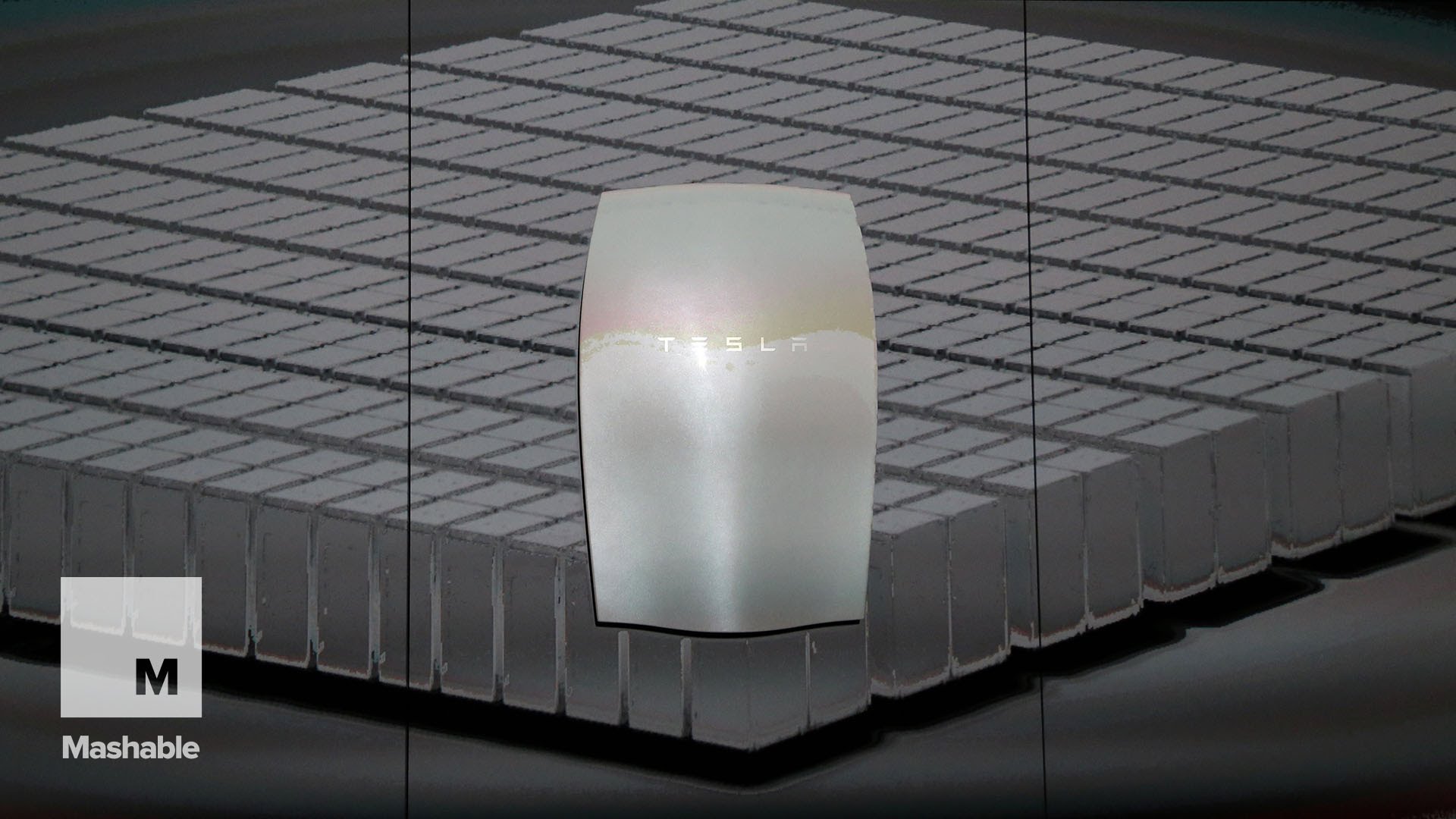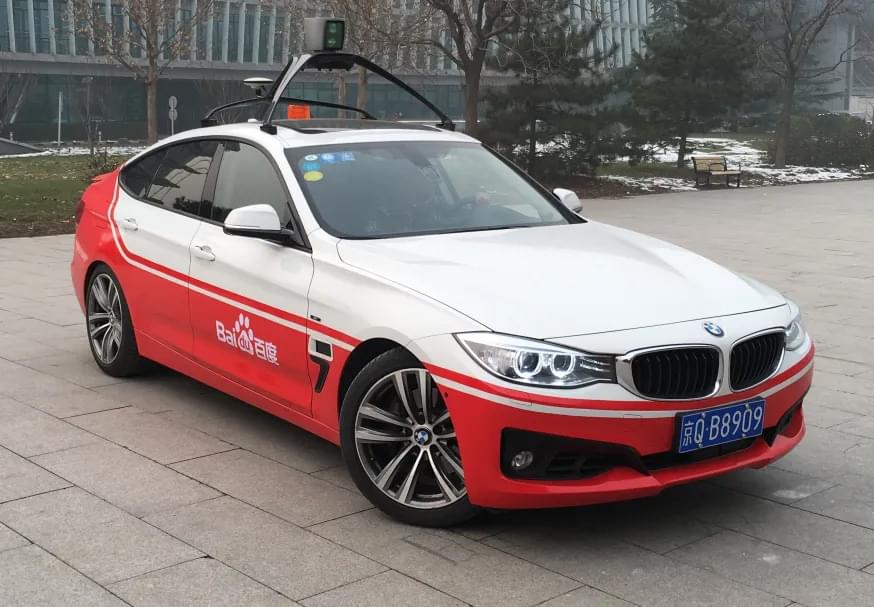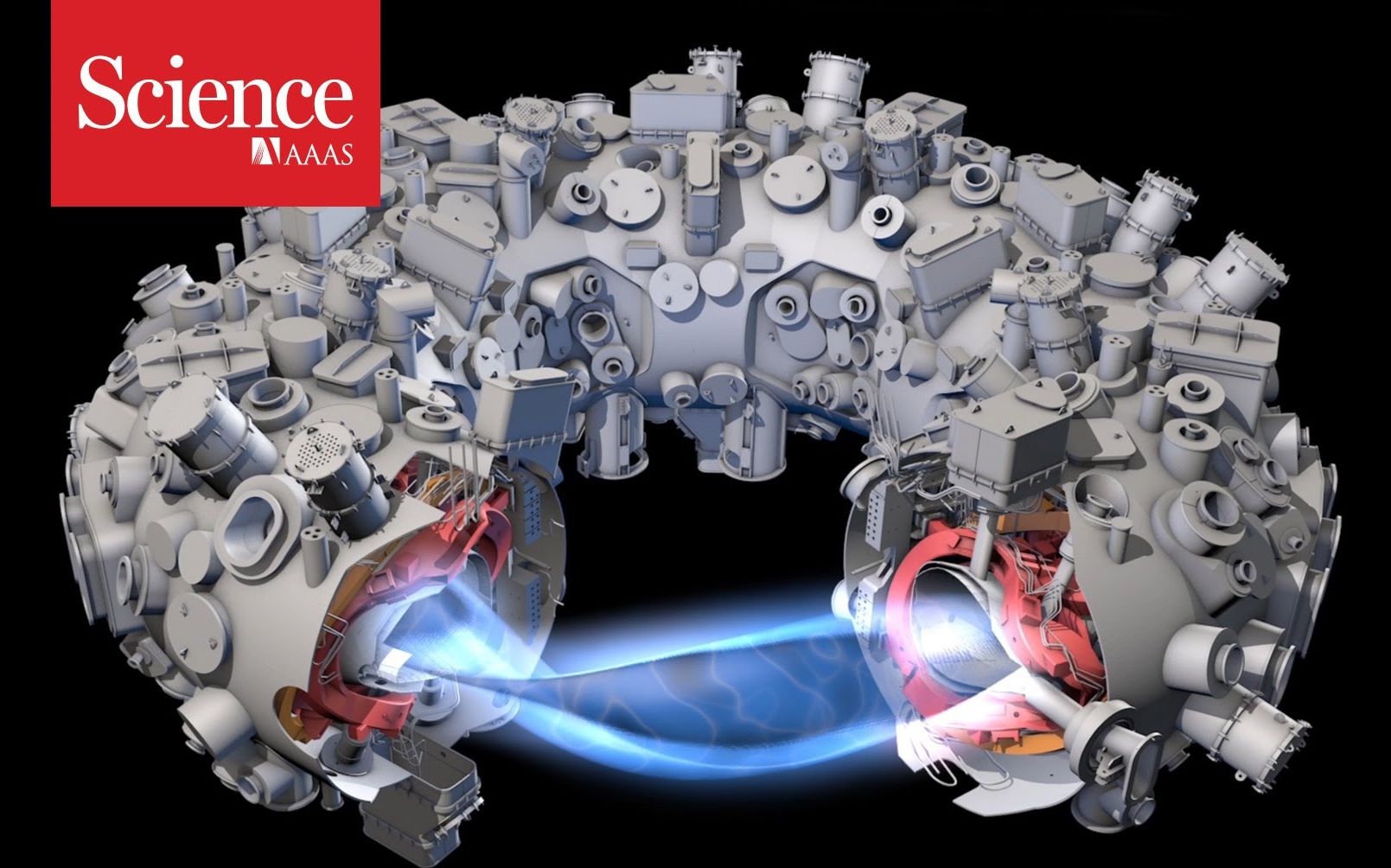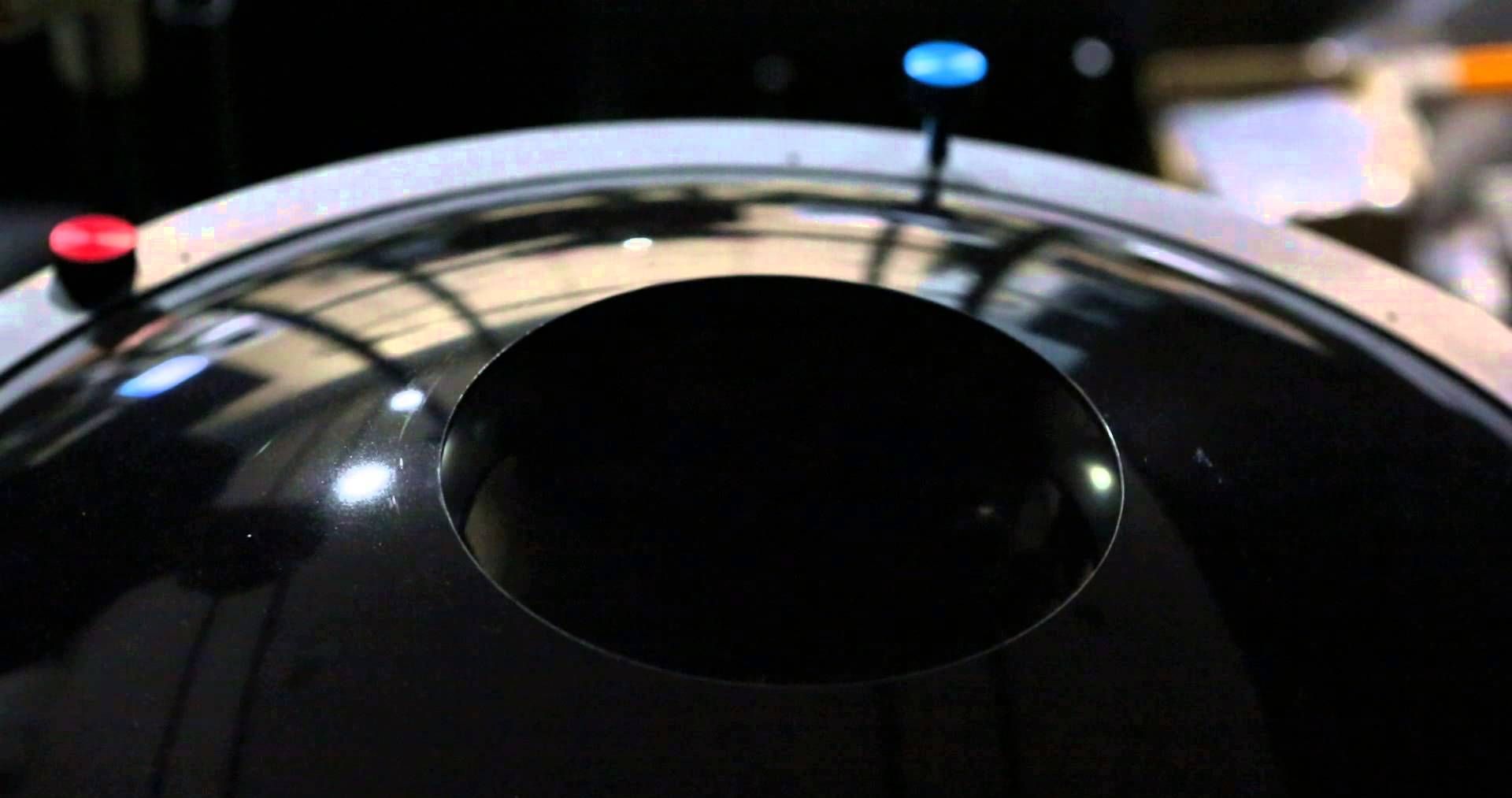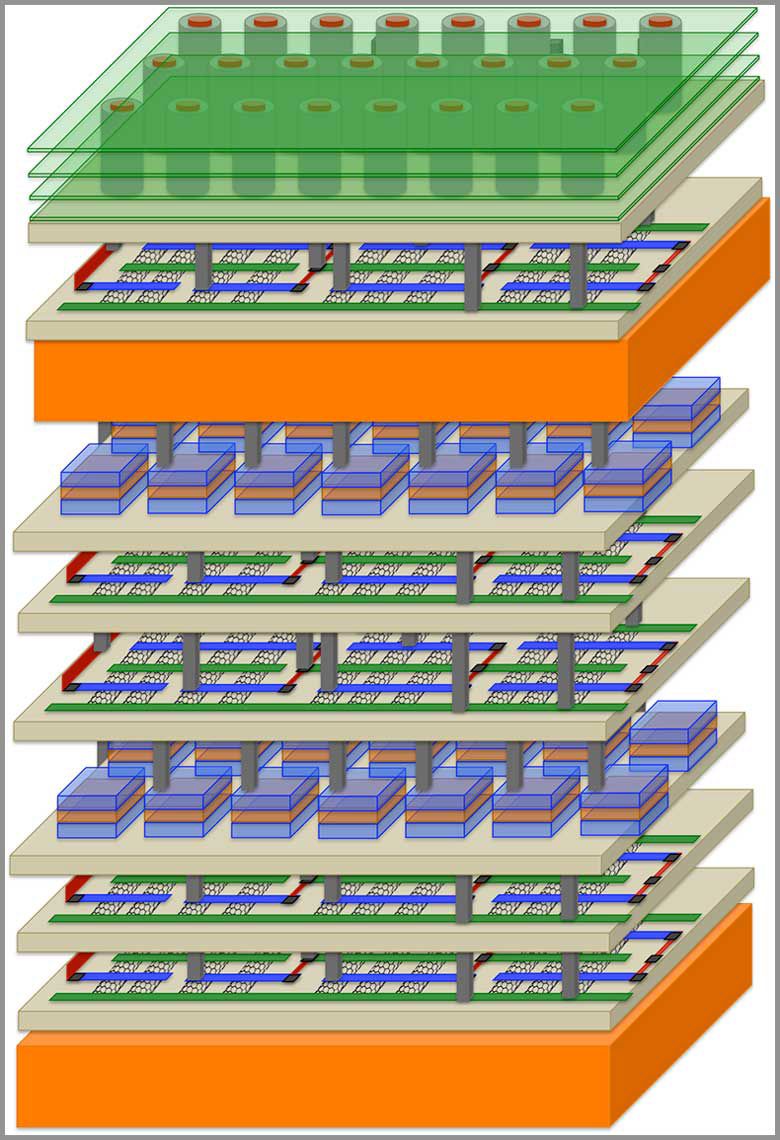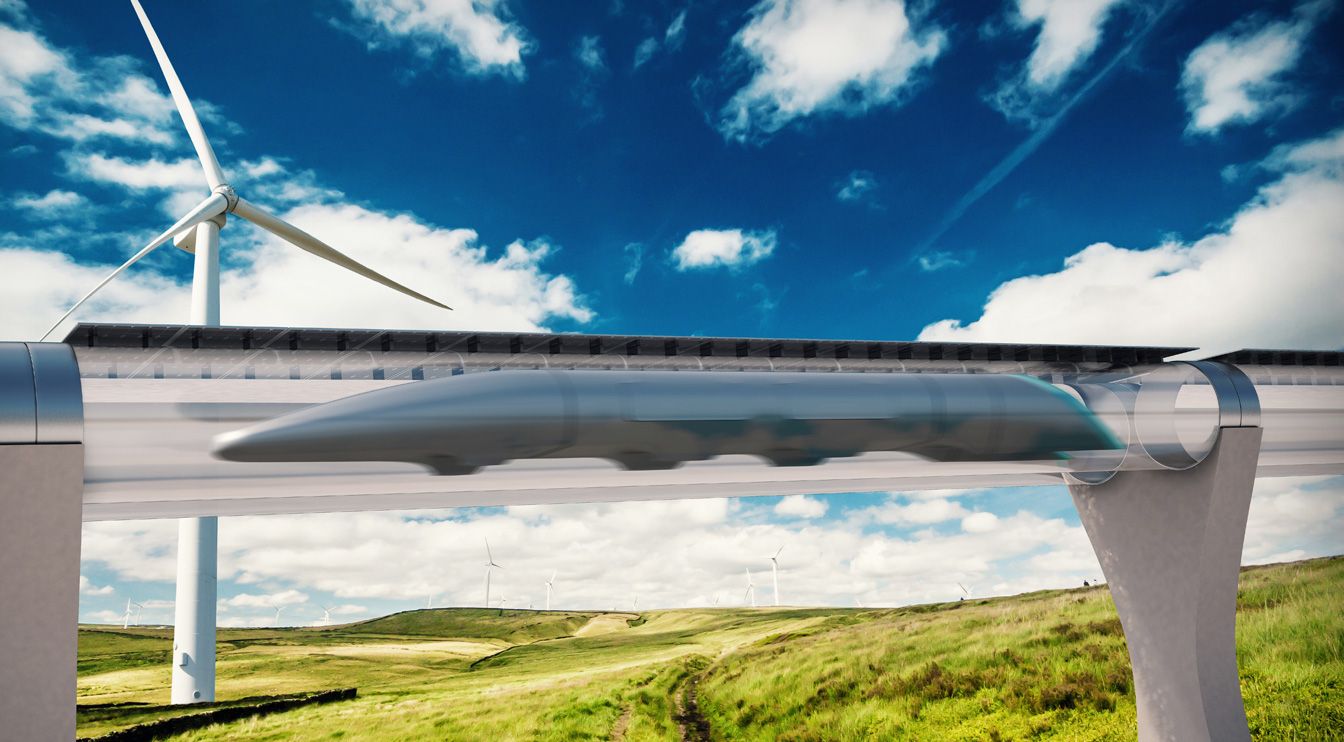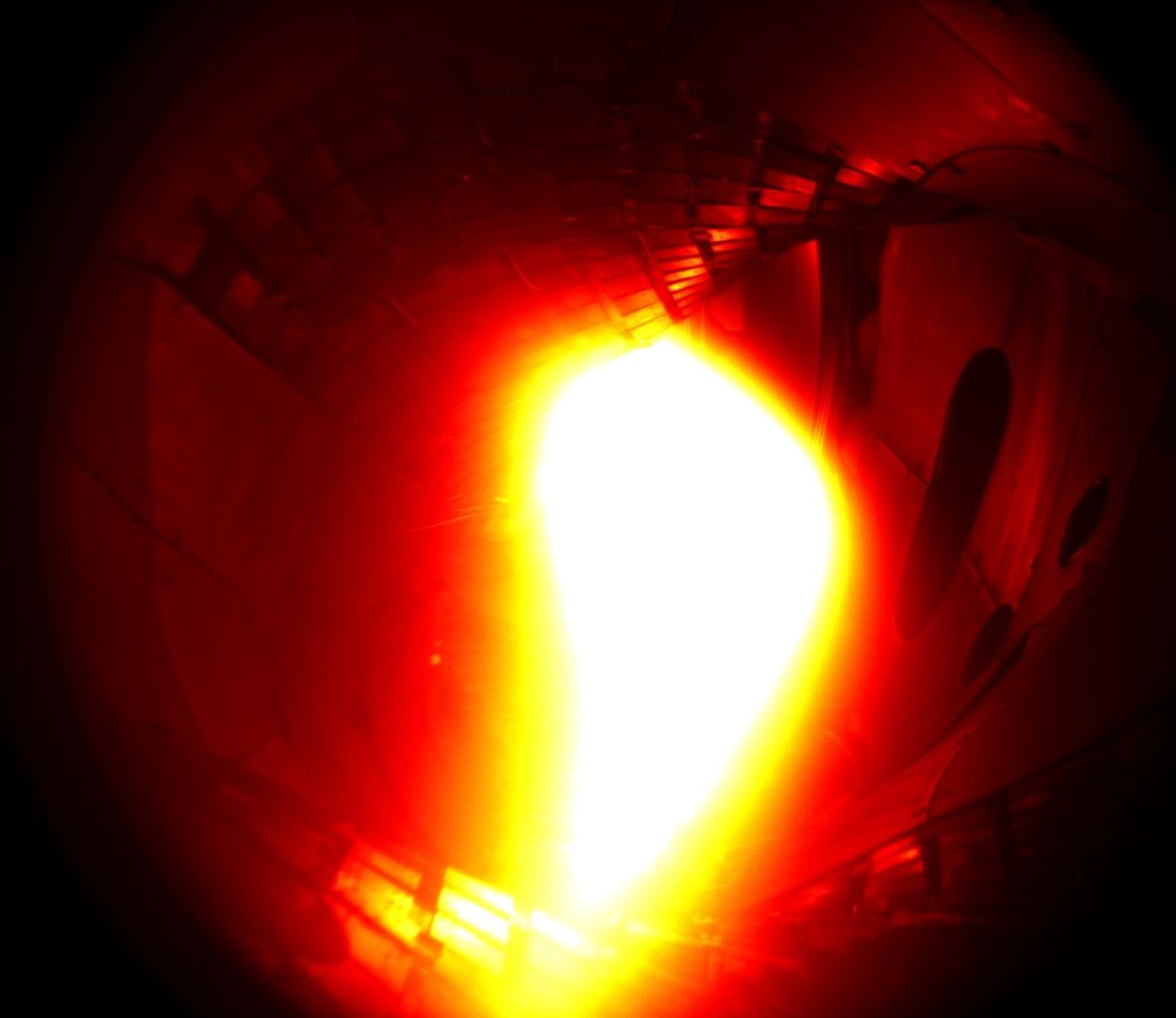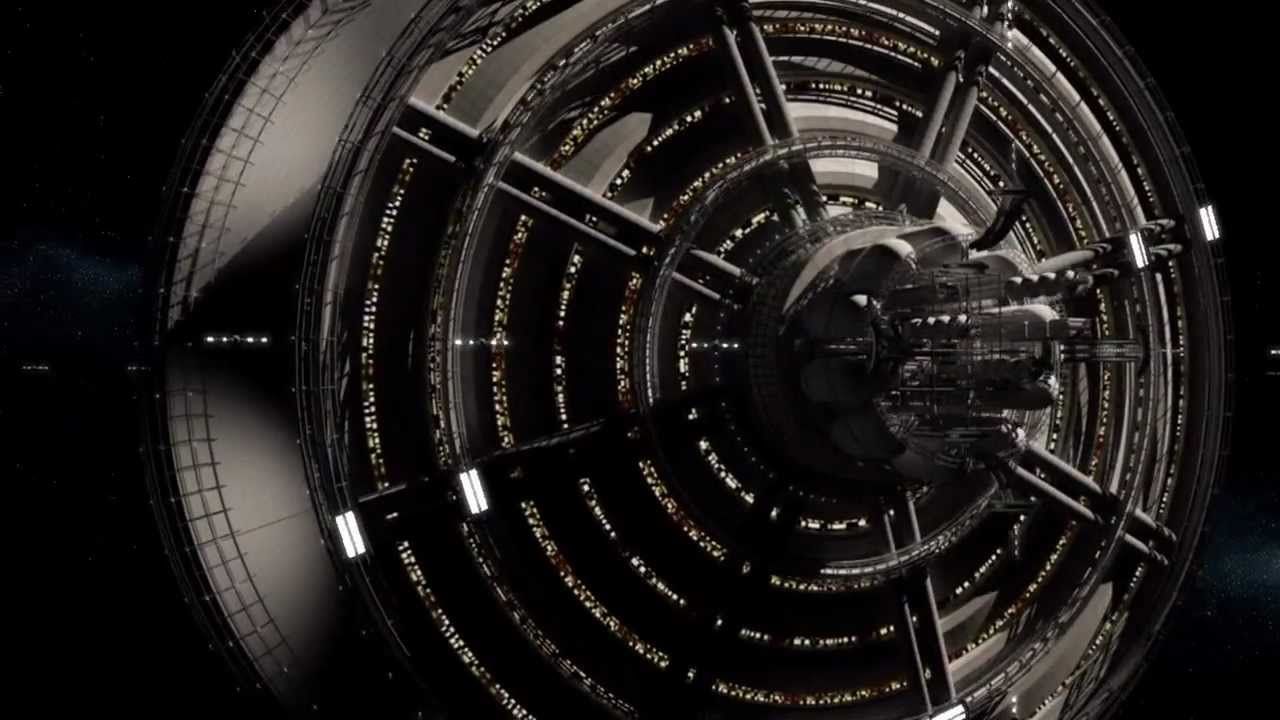But does it write book reports?
Get ready for a new generation of computers that can read millions of texts and understand the relationships between characters.
On Thursday, the Max Planck Institute for Plasma Physics fired up a monster machine that it hopes will change the world.
The machine is called the Wendelstein 7-X, or W7-X for short. It’s a type of nuclear-fusion machine called a stellarator and is the largest, most sophisticated of its kind.
Nuclear fusion could prove to be a clean, inexhaustible energy source. But humans are still a ways from successfully building a reactor that could power a small town, let alone entire cities. But now, we’re one step closer.
Researchers just made the first true 3D hologram, which can be viewed from any angle like a real object.
For decades, engineers have designed computer systems with processors and memory chips laid out like single-story structures in a suburb. Wires connect these chips like streets, carrying digital traffic between the processors that compute data and the memory chips that store it.
But suburban-style layouts create long commutes and regular traffic jams in electronic circuits, wasting time and energy.
That is why researchers from three other universities are working with Stanford engineers, including Associate Professor Subhasish Mitra and Professor H.-S. Philip Wong, to create a revolutionary new high-rise architecture for computing.
The End of Work?
Posted in robotics/AI
Plans to build a test track for a Hyperloop are moving ahead. Hyperloop Technologies will build a major test center near Las Vegas to explore linear electric motor designs and evaluate its implementation.
Start of operation and first plasma in the Wendelstein 7-X fusion research device at IPP Greifswald.
Coal miners mine coal; diamond miners mine diamonds; gold miners mine gold; space miners (will) mine space—and anything in it that has precious metals or compounds that can be whisked into rocket fuel. But, just like the first three kinds of “resource extraction,” the celestial kind will face more than a few philosophical, financial, and regulatory complications.
